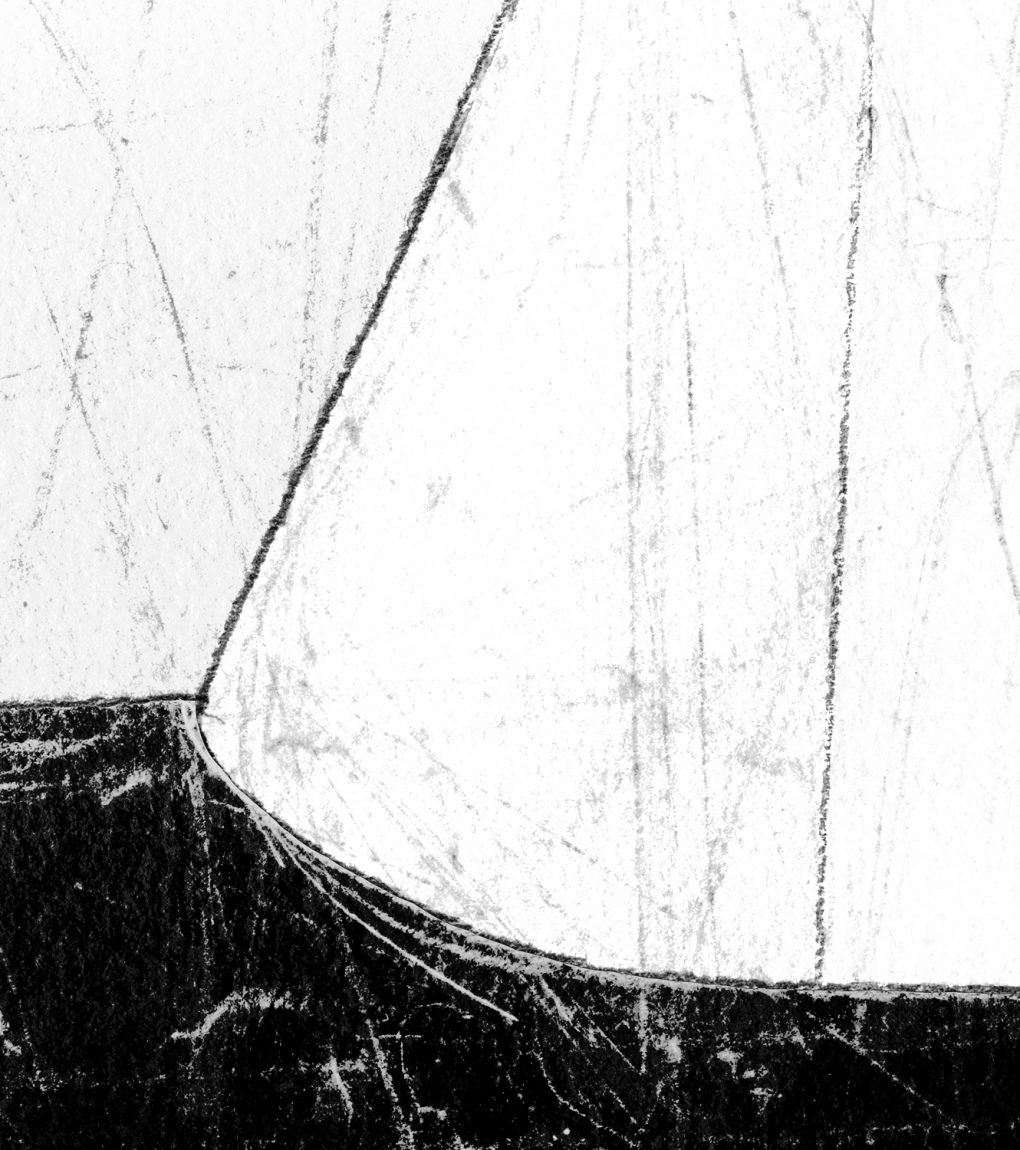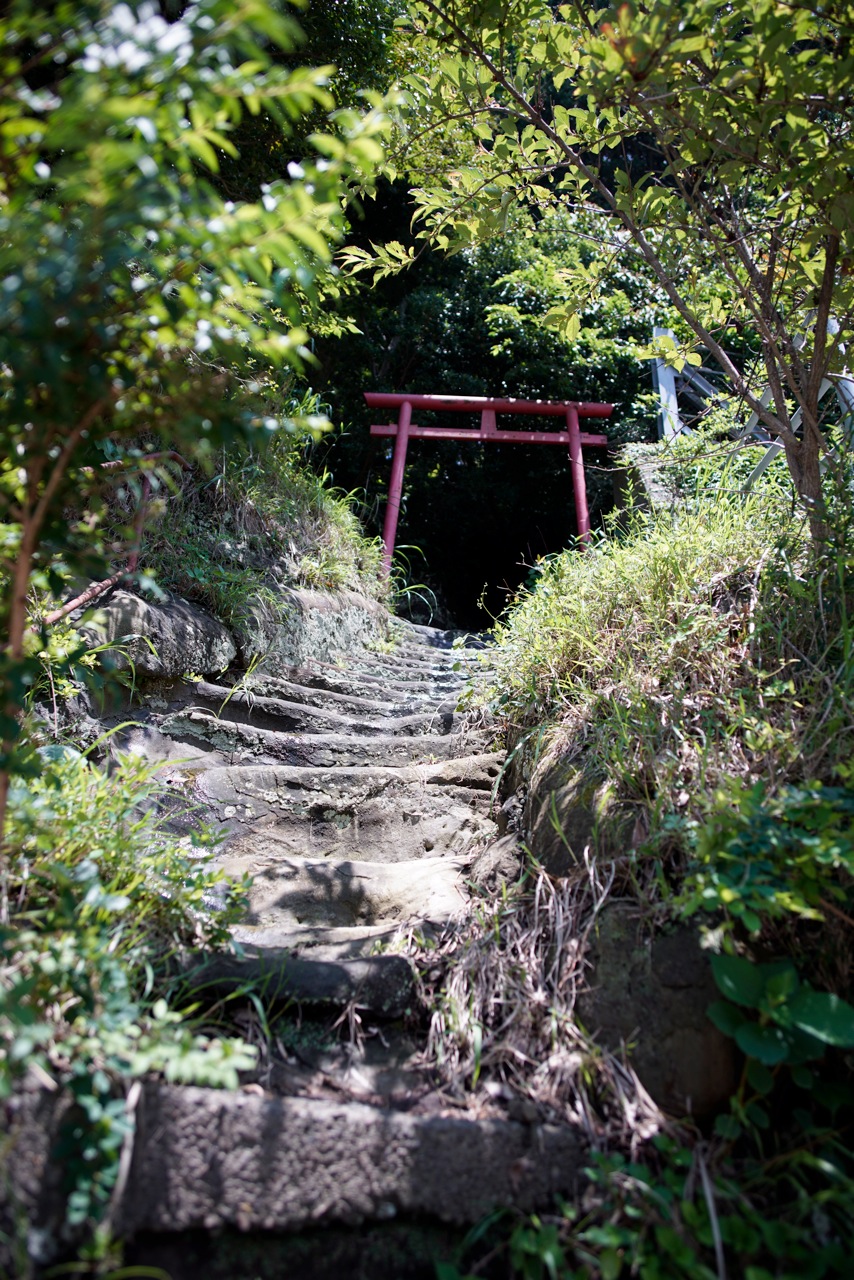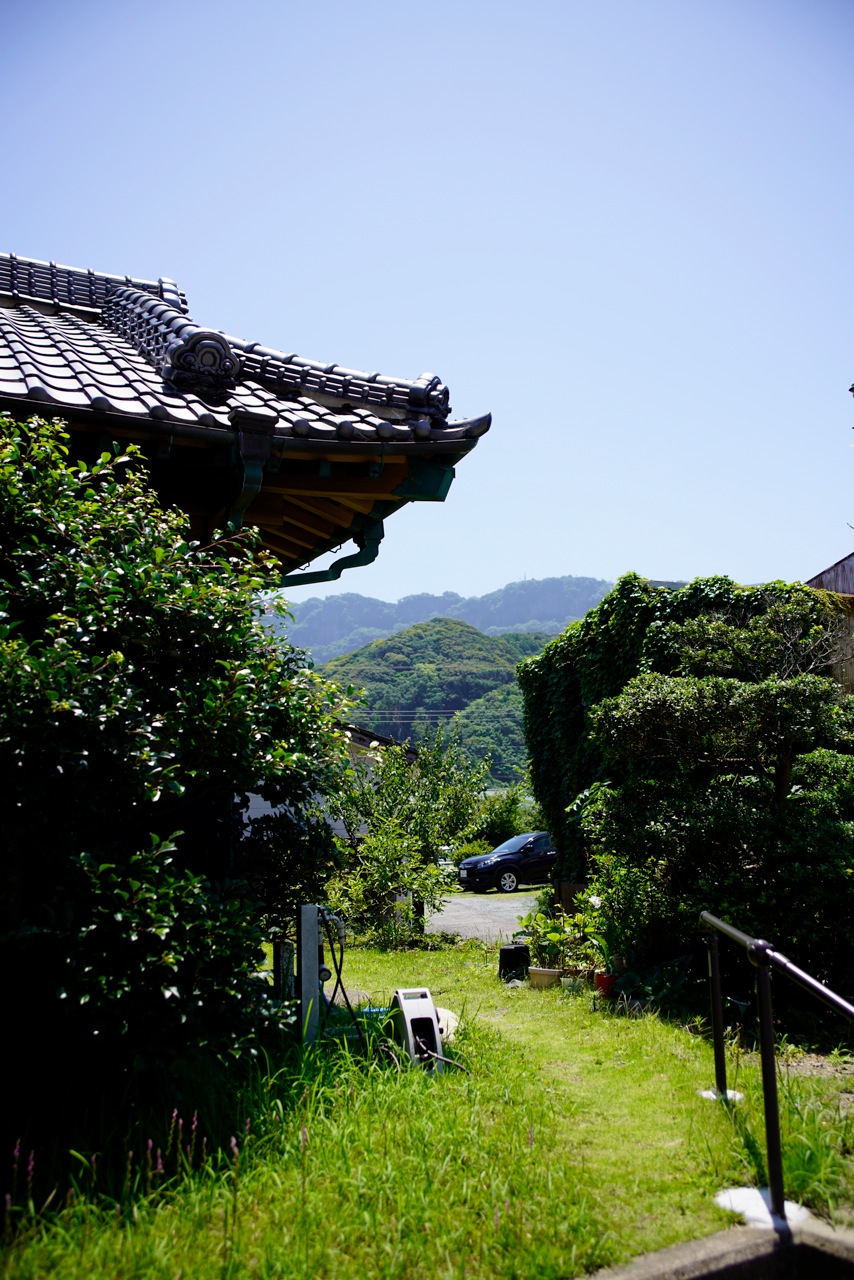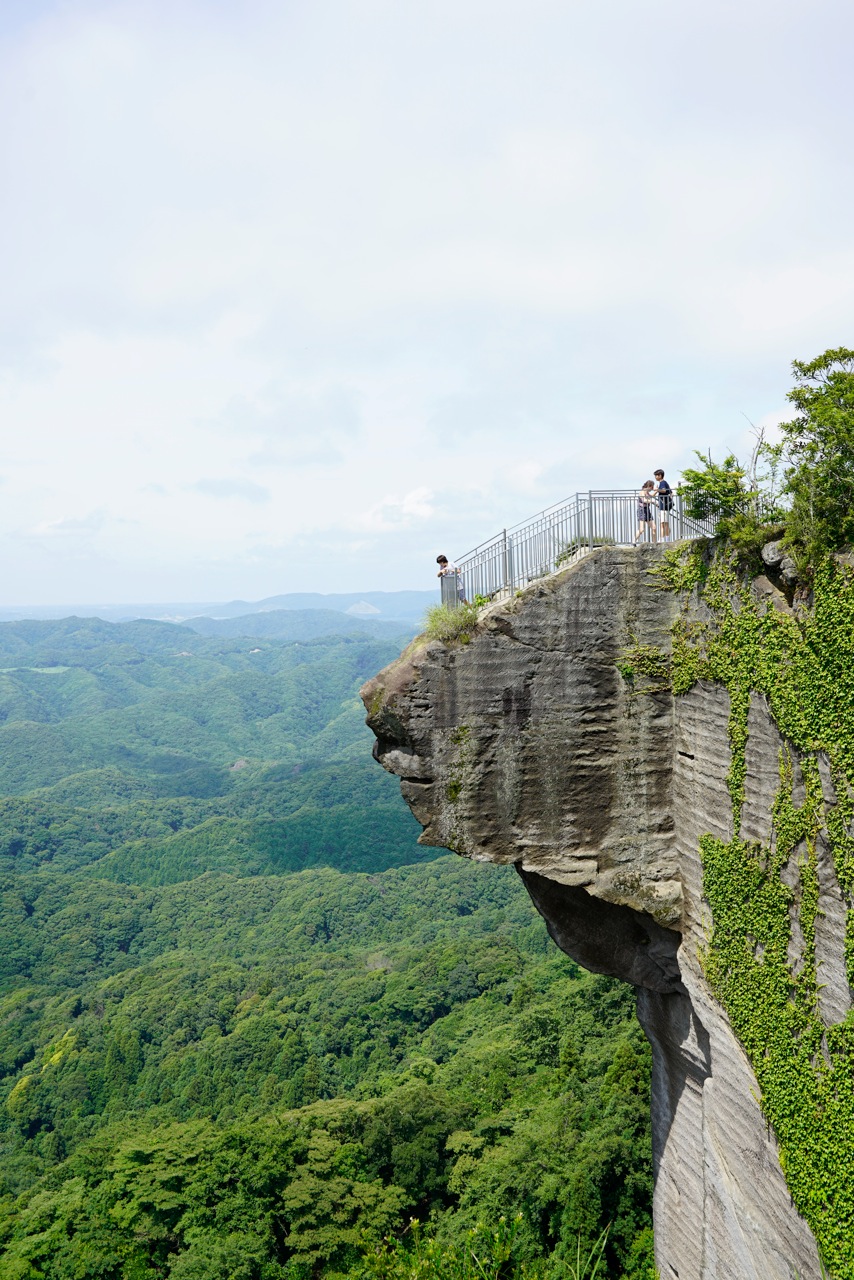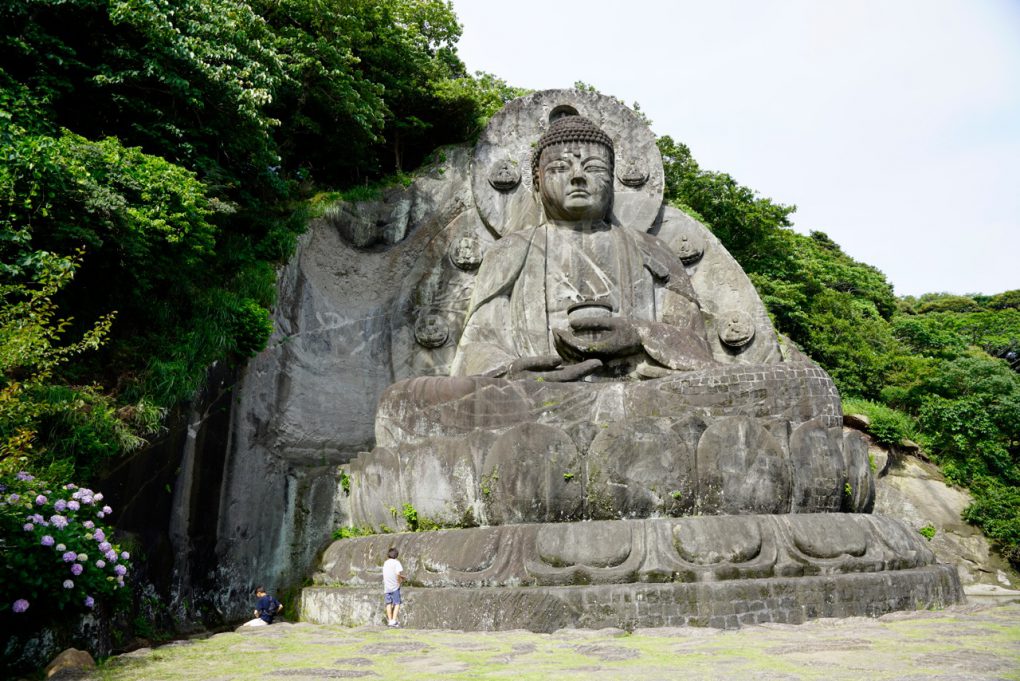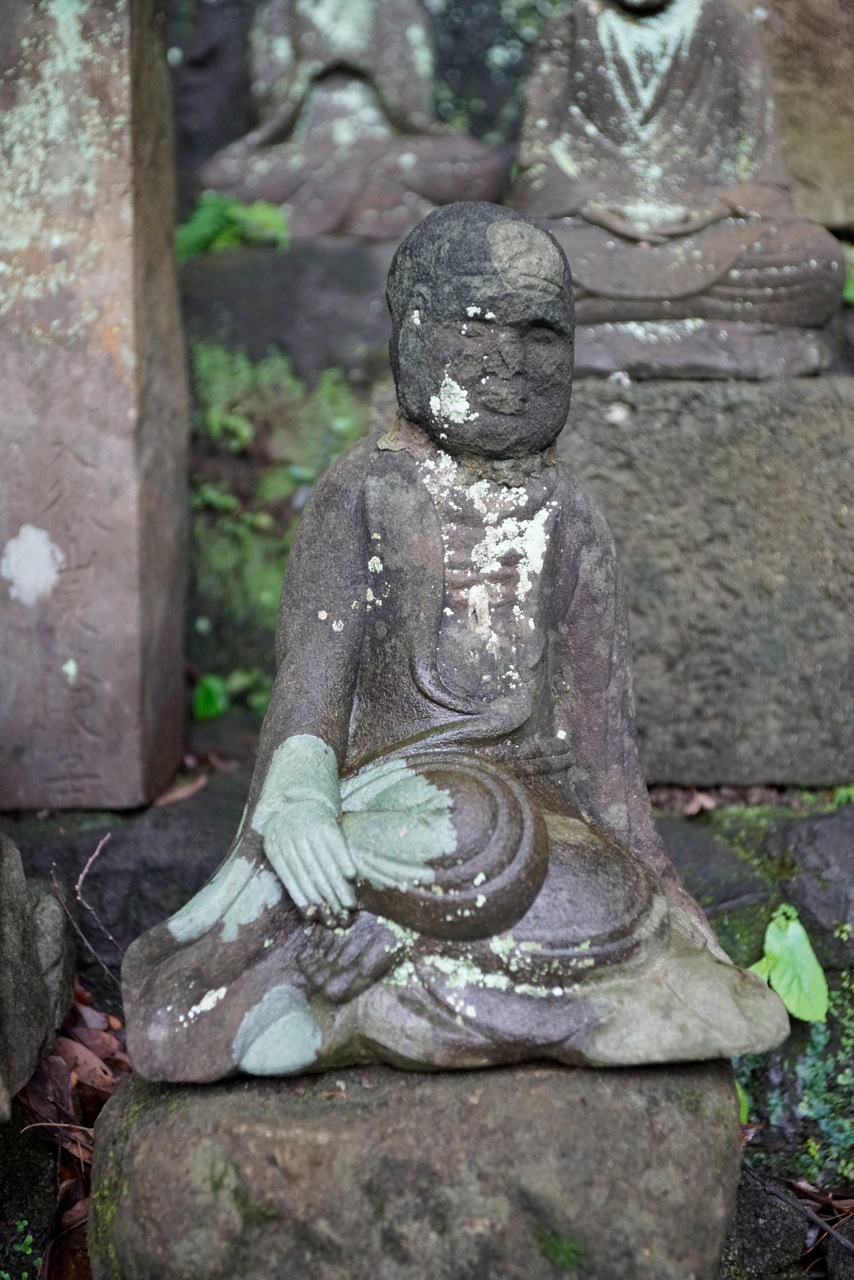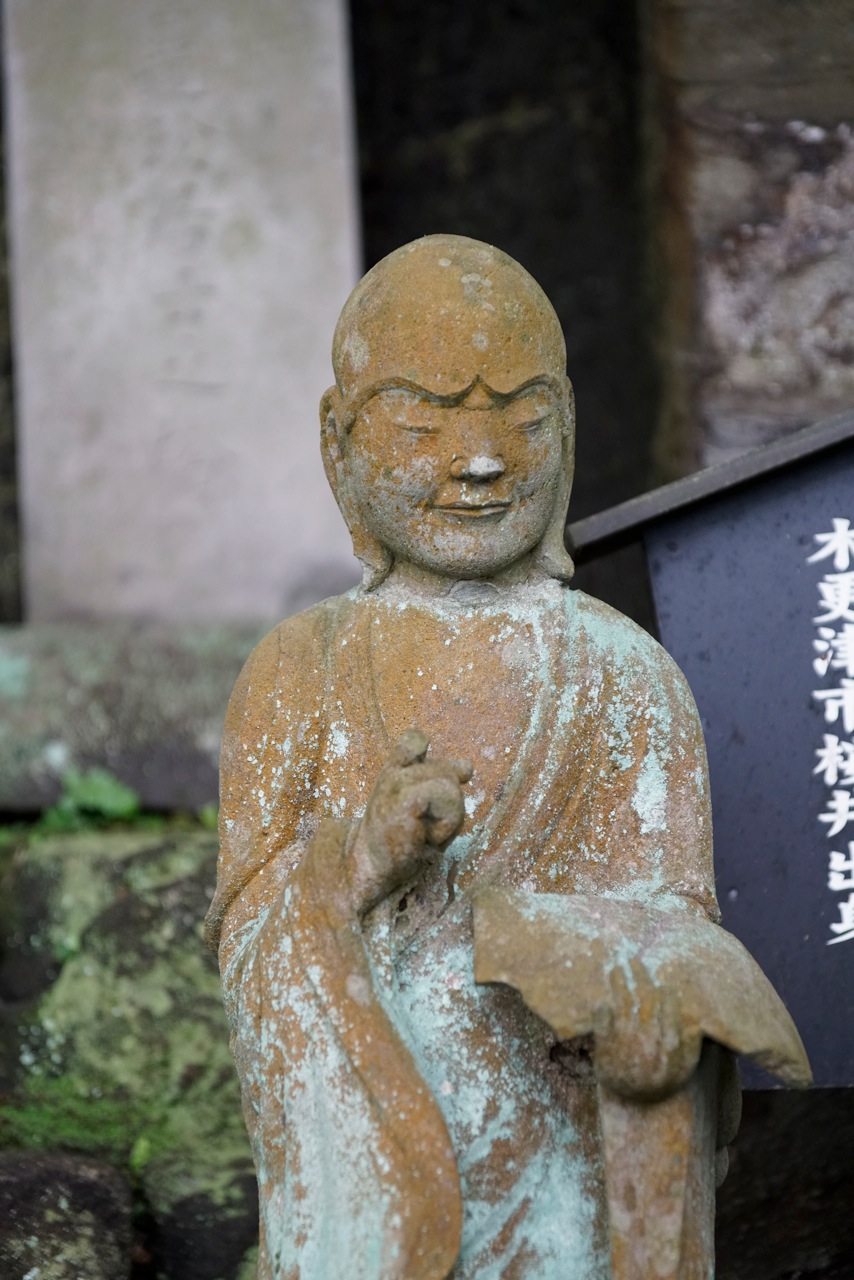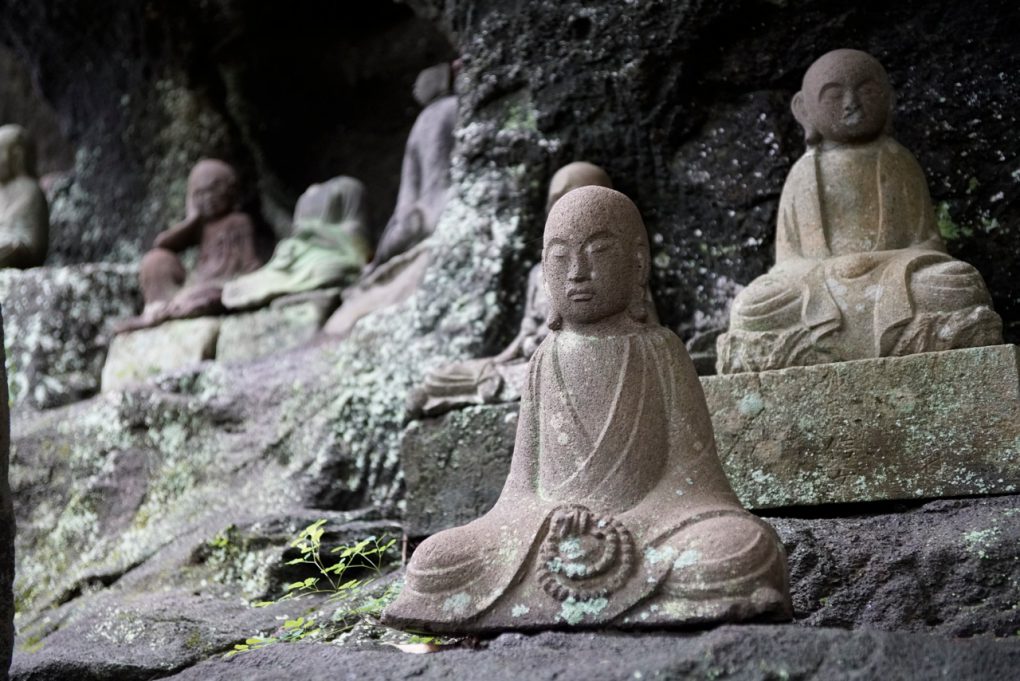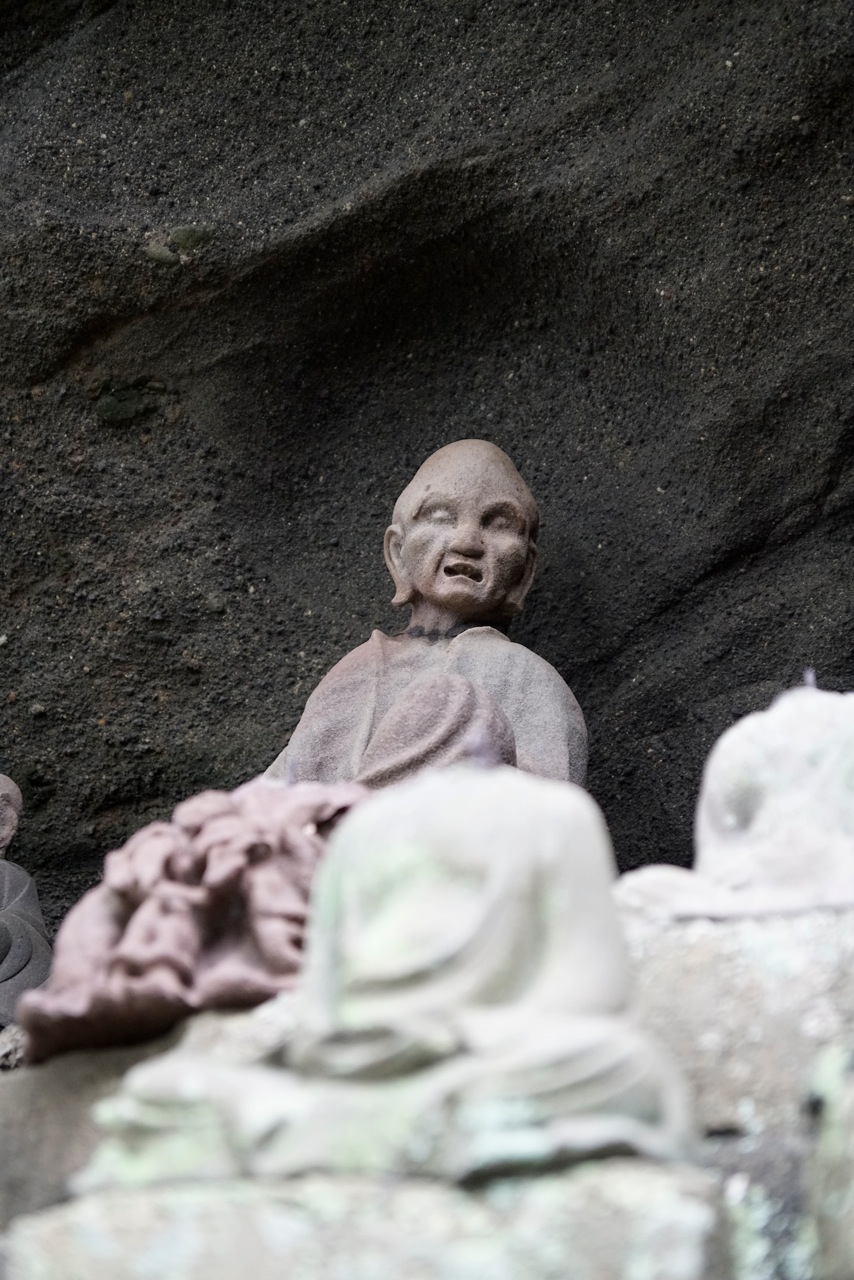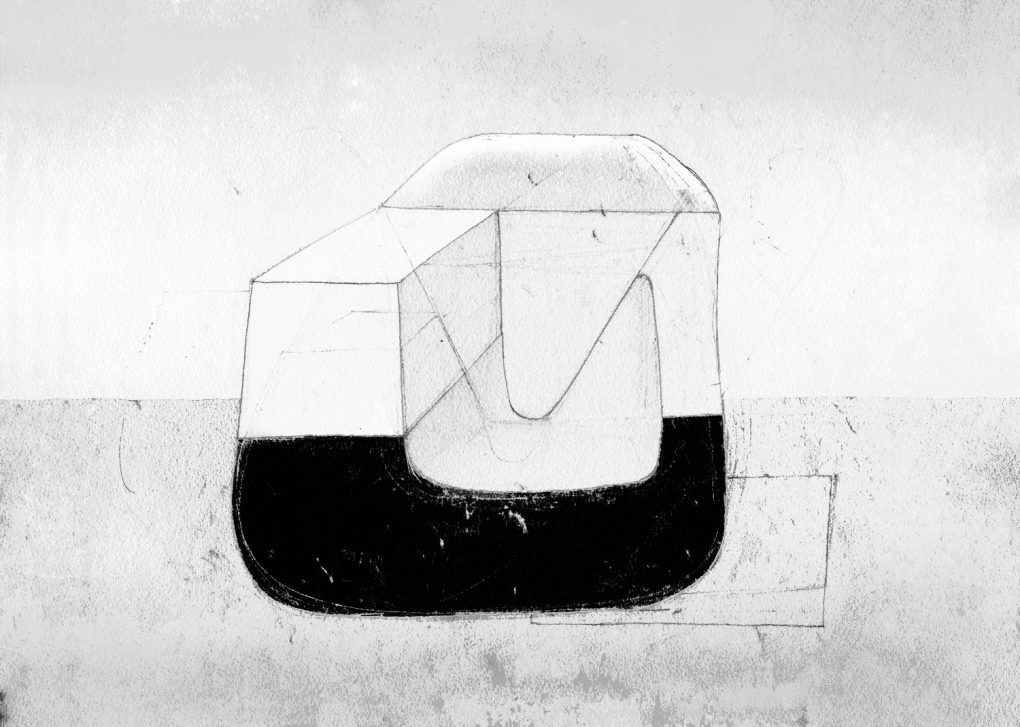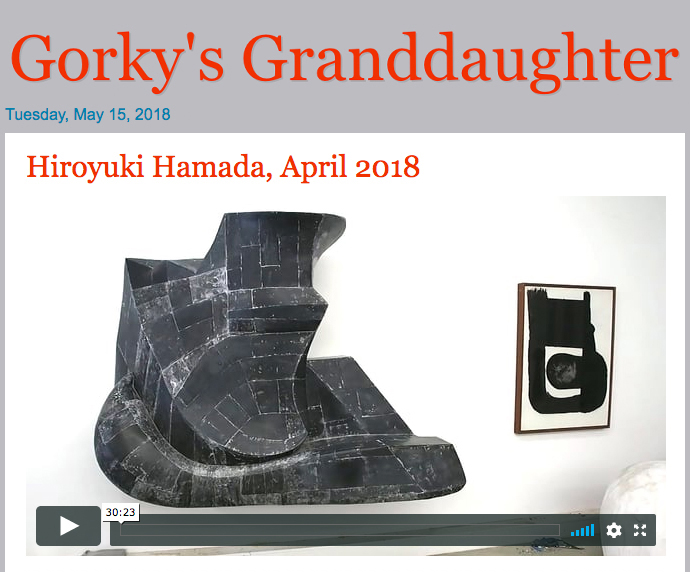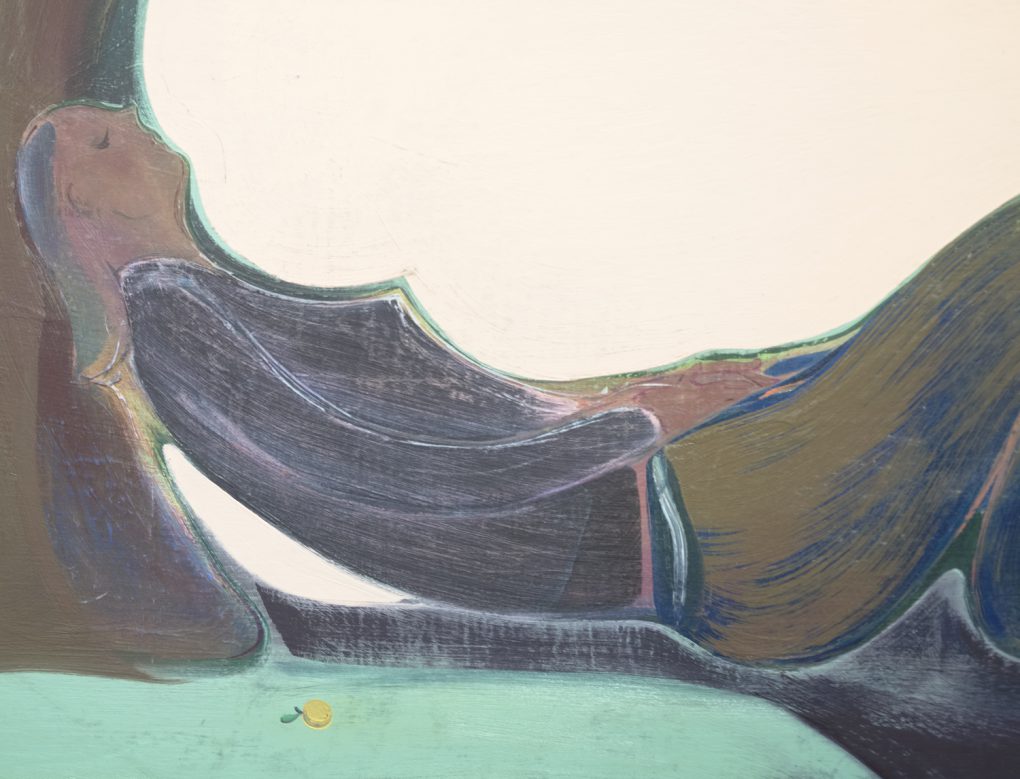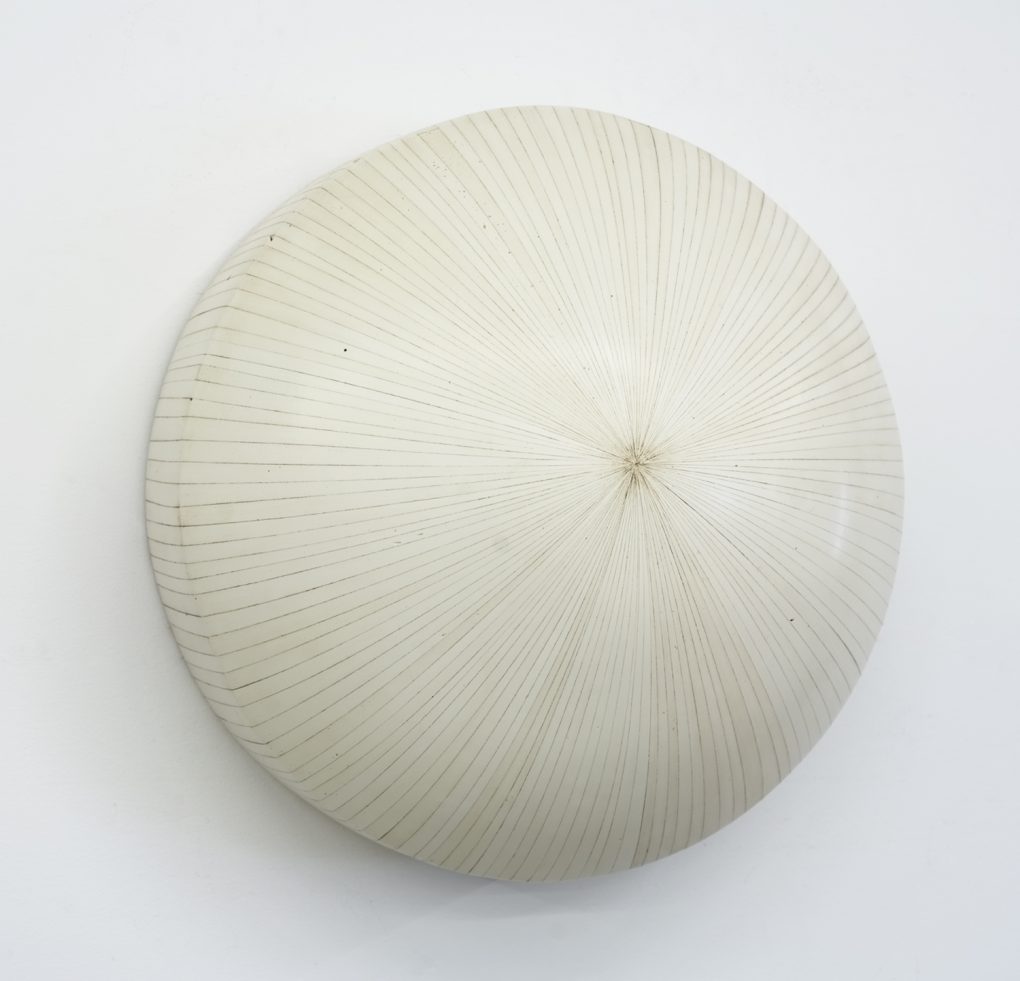-
New Print B18-03
I was so frustrated with this one that when I finished it the sense of relief overwhelmed my sense of accomplishment. But it’s always profound to capture something indescribable speaking so decisively. Practicing art making gives us courage to face the unknown, embrace it and appreciate it. If there is truly an essential meaning in “art education”, that’s what we can offer—to see the world for what it is, with the unknown, complexity, bigger dynamics, smaller dynamics, layers, interconnectedness and all to be constructive. Such an angle helps us to be a part of harmony for all, instead of a part of exploitation and subjugation for few.
-
Where do we stand to stand for humanity?
The image of French children with their hands behind their heads kneeling before heavily armed military police compellingly signifies the mechanism of capitalism.
Children are our future. Their courageous burst of humanity against injustice, exploitation and subjugation is a bright hope of our future. The system brutally mutilates it off of children with a sheer force of violence as they push them into an imperial cage of corporatism, colonialism and militarism.
The savagery of this act signifies the whole scheme as a domestication of humanity in harvesting profits off of the people.
The global capitalist hierarchy of brutality is facing itself as it relies on fear to maintain “democracy”, “freedom” and “humanity” within the cage. They were once head-chopping colonizers in Algeria. They destroyed Libya in a brutal armed robbery, massacring countless innocent people. As they fail to destroy Syria, the self-destructive momentum of contradictions and hypocrisy viciously assaults its own people.
We the artist face the dilemma of expressing what it is to be humans while firmly being stuck in the framework of corporatism, colonialism and militarism. We all struggle to find our own balance to stand in this precarious time. For all of you who struggle, I would like to say that you are not alone and I thank you for your struggle.
-
Untitled Painting 033
Here is my new painting with a few detail shots: 033, 40 x 30 inches, acrylic, 2018.
This is one of those pieces that took me a long while to come to some sort of a resolution. I feel comfortable enough to show it, but I do still envision alternate scenarios for its visual narrative.
But I guess that’s fine. Uncertainty, instability and temporariness seem to fill the air as the hierarchical machine of money and violence continues to divide us and fragment our thoughts.
-
1500 Rakan Statues of Mount Nokogiri
People sometimes ask me what religion Japanese people practice. I usually end up saying that Japanese people aren’t very religious at all. But paradoxically, if you go to Japan, you encounter huge shrines at tourists’ spots and there are numerous smaller ones across the country in many forms. You visit a Japanese household, you might also find a shrine, a box shaped prayer spot, called butsudan.
There certainly are indications that Japanese society is bound together, to a certain extent, with beliefs, values and norms deriving from variations of Buddhism and Shintoism.
To me, who grew up in Japan, it is natural to perceive such a traditional framework as a cohesive layer that can be loosely described as sort of “religious”. It guides traditional ceremonies and rituals of life, death and spiritual, and it contributes to world views of the Japanese people in varying degrees.
However, it should also be noted that this framework really does not address fundamental existential questions for the Japanese people today. In other words, people would go along with the customary rituals as long as they facilitate their social interactions and obligations, however, as soon as they impede their material necessity, they can be set aside. Japanese society is extremely secular and the grip of the socioeconomic hierarchy over its people is very firm. After all, Japan has played a crucial role as an economic power in the western hegemony for generations after it was incorporated into the order of the American empire.
Our trip to Mount Nokogiri, however, has shown me how the abstract notion of traditional Japan has many layers that are deeply conflicting and it has had tumultuous aspects as we examine it in historical contexts.
Mount Nokogiri is located in Boso Peninsula, Chiba. As you can see on a map it is relatively close to Tokyo. My wife and I visited the area once before we had our kids. I loved seeing rakan statues (stone carved arhat statues) along the path during our hike. To me they appeared as expressions of lives emanating from the area which had been regarded as sacred for many centuries.
This time, we decided to stay for a couple of nights at a nearby seaside city, Tateyama. The inn we picked had a nice view of the water and hot spring baths. Since my mother couldn’t take the mountain hike, I wanted her stay to be nice as well. It was a few rustic train stops away to Mount Nokogiri.
I really liked riding the rural trains in the area. Going a few hours south from Yachiyo city into the Peninsula made the scenery much greener and it was fascinating to observe a glimpse of country life as we passed fields cultivated with various crops, a house sitting among trees without a discernible way to get there, huge hawks flying over us and the water visibly getting cleaner as we got closer to our destination.
The hike was magnificently wonderful. It was a bit strenuous for me, with numerous steps. But I’ve never felt a physical exercise to be so refreshing, so invigorating and so satisfying (in fact, it inspired me to start exercising again when I came back to the States).

Nokogiri means saw blade. The jagged appearance of the mountain stems from its history being a prominent stone quarry.
I took many pictures of the small statues as we walked. If you look at the statues carefully, you will notice that the necks of them have traces of reattachment. Those statues were all violently destroyed once during the haibutsukishaku movement. As the rule of the Tokugawa shogun family ended in 1868, the new government, aspiring to be one of the imperial powers of the time, embarked on drastic reforms. One of them was a separation of Buddhism and Shintoism. Shintoism was elevated as a national religion while Buddhism was regarded as a part of the old power. There was a strong momentum to see the power of Buddhist entities as an abusive and corrupt part of the past. The accounts from the time certainly indicate that the deeds of the Buddhist class did reflect such descriptions. The result was an emergence of a large scale destructive movement across the country against anything Buddhist. As to Shintoism, it eventually ended up as the backbone of imperial Japan, propping up the Japanese emperor as a living god, prompting a direct collision with the US imperial plan over the hegemonic rule of Asia. The inhumane momentum of destruction and atrocity took many lives in Asian countries. In the name of the living god the Japanese colonizers sent young lives as suicide bombers. The colonizers of the US dropped nuclear bombs on two cities full of people in order to declare its hegemonic superiority against enemies and allies alike.
Today the Buddihist legacy in the Mount Nokogiri area is regarded as a significant cultural asset. The beautiful trails are well maintained, so are the shrines and statues for many visitors. It was breathtaking to encounter spectacular views throughout our walk. The weight of the historical layers also compounded the profound orchestration of the natural elements. The moss covered expressions of the aged statues–sad, tormented, resigned, angered, struggling, peaceful and fulfilled–were voices from the past beautifully sublimated within the harmony of nature and people.
As we were waiting for our bus back home, a man at a tiny local restaurant insisted that we take a look at an underground imperial Japanese fortress in Tateyama. Although we couldn’t extend our trip for it, according to him, a mile-long tunnel dug during WW2 is something you must not miss if you were in the area. He also mentioned that the entire Mount Nokogiri was a huge military fortress during the war. To the imperial Japan, the area, situated at the entrance to Tokyo Bay, was the last defense on the ground protecting Tokyo against the invading US forces.
Famed sculptor Isamu Noguchi said that time can heal stones in describing his stone carving process. Time can certainly give us a thrust of objectivity while natural elements can provide a layer of harmony, presenting a new way to understand what unfolds before us. Mount Nokogiri certainly stood as a sacred ground before me. The overwhelming sense of awe generously erased the scars of human atrocity.
However, it has also made me aware of myself as a captive of our time. Tateyama’s imperial Japanese base is now a base for the Japanese self-defense force. The corporate media is eerily silent about the fortification of islands around Okinawa, which lies at the tip of the archipelago and houses an American military base. Japanese regulations have been changed to allow a Japanese “self-defense force,” ostensibly to operate as a part of the western force against China. Those shifts coincide with the US pacific policy to counter China as an emerging economic power. And more urgently, I couldn’t help being reminded of inhumane atrocities of our time–bombing campaign against people, suicide bombing, underground fortress, destruction of environment and cultural heritage and so on and so forth are all elements emerging from the western colonial wars being waged against the Middle East and elsewhere today.
Have we learned anything from the past? Our ability to see our history and events embedded in it, weaving the flow of time and space, as a unified front, as a collective part of our identity, allow us to tolerate pains of atrocity, allow us to reconcile, allow us to rebuild and allow us to be. But we do know that the significant portions of the sufferings and deaths are endured by those who are powerless. How could we allow ourselves to let the momentum of time swallow so many of our fellow humans? Why are we tolerating colonial destabilization of “other people’s”? How could we close our eyes as we encounter people sleeping on streets or losing their lives because they can’t afford to be healthy? Why can’t we focus our hope for renewal for the people who have and will suffer the most? How could we recognize the fact that our willingness to tolerate the hierarchy of money and violence, as the shape of our species, inflicts pain against “others” and against ourselves at the same time, forcing ourselves to expect nuclear missile attacks instead of reaching out for sharing and peace?
Every time I hear people say that for things to get better, things have to get much worse, I think of what happened in Fukushima. Three nuclear meltdowns have not woken up the people. The nuclear industrial complex of Japan is firmly embedded within the war economy of the empire.
This is not the time for conflict. This is the time we need each other to see what has become of us. Let there be braveness, determination and steadfastness in renouncing the cannibalistic momentum of self-destruction. The sacred power of nature will always embrace us no matter how we will do.
-
New Print, B18-12
Here is the 7th Piezography print. I’ve struggled quite a bit but I am very happy with how it turned out. The whole struggle with the print project is to express subtlety, gentleness, warmth, tangible mass of black emerging from actual ink hitting the paper as opposed to how we perceive the image on screen. Doing so with a digital software is certainly a challenge that requires more time and trials and errors. It has been very rewarding and educational, and very much humbling as well.
-
Gorky’s Granddaughter: Hiroyuki Hamada, April 2018
I had a wonderful studio visit by Zachary Keeting and Christopher Joy from Gorky’s Granddaughter a few weeks ago. They captured it nicely for you to see it as well.
-
The Visual Thread
Here are some images from The Visual Thread, a group show curated by Lori Bookstein which commemorates the 50th anniversary of the Fine Arts Work Center in Provincetown.
I’m always intrigued by Kate Clark‘s human animal sculptures. And Heidi Hahn is one of my favorite painters. I like how her paintings can be very emotional, yet unmistakably absurd and odd, and all the elements are expressed with a very solid formal visual quality. I am happy to be in the same show with them. My work sits next to Sam Messer’s striking piece titled “how beautiful is the tiger who killed me”.
Well, I can keep talking about other wonderful artists in the show…
Left: Kate Clark, Charmed, 2015, varied materials, 72 x 40x 23 inches
Center: Heidi Hahn, The Body is Not Essential XII, 2016, oil on canvas, 32 x 36 inches
Right: Hiroyuki Hamada, #76, 2011-13, painted resin, 46 x 37 x 31 inches
Left: Hiroyuki Hamada, #76, 2011-13, painted resin, 46 x 37 x 31 inches
Right: Sam Messer, how beautiful is the tiger who killed me, 2017, oil on canvas, 48 x 60 inches
You will probably recognize some of the artists in the show.
#LisaYuskavage#EllenAltfest#RichardBaker#BaileyBobBailey#PaulBowen#MattBollinger#AmyBrener#EllenDriscoll#KateClark#EllenGallagher#HeidiHahn#HiroyukiHamada#SharonHorvath#SamMesser#ElliottHundley#SarahOppenheimer#JenniferPacker#JaniceRedman#JackPierson#JacolbySatterwhite#KahnandSelesnick#DuaneSlick#SableElyseSmith#JamesEverettStanley#TabithaVevers#BertYarboroughYou can see more images here:The show is up till May 20th at Mills Gallery at Boston Center for the Arts. -
What Do We the Artists do?
I made this piece around the year 2000. Things were much simpler for me back then. The only thing that guided me was the momentum of my studio practice–like an explorer, I searched, was mesmerized and was content with newly found visual-scapes. The world–the human world–seemed like an extension of the great oceans and lands with its harmony and order. If I did have to justify my motive, perhaps I felt responsible for the path that saved my life from self-destructive anger and sadness. I didn’t feel the responsibilities arising from being a parent, a grown-up, an artist and a human back then. But the pain of life that squeezed my young self never really went away.
What it is to live? When one decides to be a constructive force for our species, for our fellow creatures and for the environment, what can artists do? When our efforts are harvested to decorate power and authority, and when our efforts are used as currency to protect the hierarchy of money and violence, how do we assert our roles to be human and to show what it is to be human?
Getting back to the piece, shortly after it was made, I gave it to my wife in exchange for her grandmother’s ring, which she loved. In turn, I gave the ring to her as a wedding ring. The piece has been put away for a while, but my wife wanted to see it next to one of my new pieces, so here they are.
#83, 33 x 24 x 3 inches, found object and resin, 2014-18
#30, 18″ diameter x 8″, enamel, plaster, resin, tar and wax, 2000


